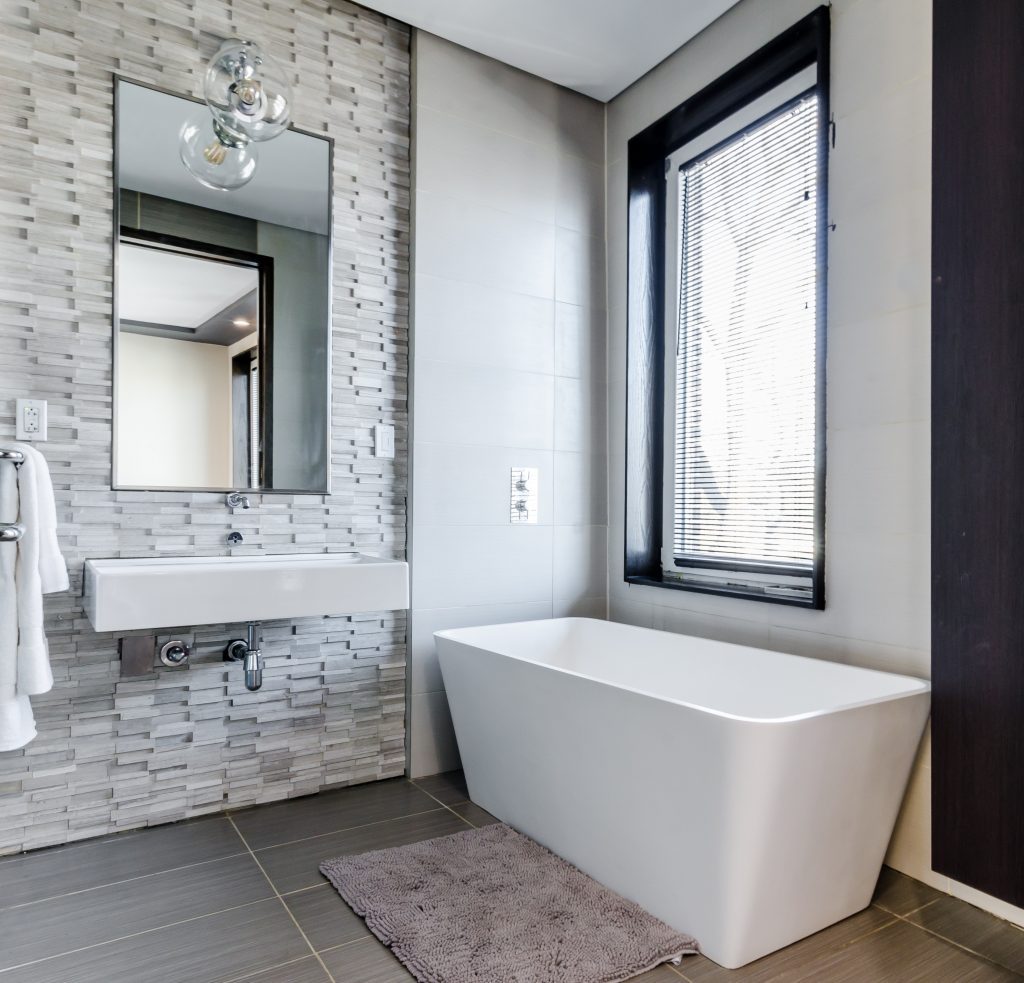A couple weeks ago, I was presenting at a local real estate office on Common Inspection Findings. An interesting concern was brought up during the presentation regarding potential moisture issues in bathrooms without ventilation in older homes. Thinking back on conversations with clients, it came to me that this is a very common concern- so today’s post is all about bathroom ventilation. It is a helpful read both for those of you who have ventilation fans in the bathroom as well as for readers who do not have mechanic ventilation and rely on other means such as a bathroom window for example.
The likelihood of moisture issues developing in a bathroom without mechanical ventilation has much to do with how the home is being used and maintained. For example, if the homeowners either do not have bathroom windows or do not open the window when showering, this will result in higher humidity levels. High humidity coupled with improper cleaning and the accumulation of dust can definitely foster the visible organic growth of black mold. This situation can be easily managed by installing a bathroom ventilation fan. Contractors consulted have quoted that such systems run $50-$200 plus the costs of installation. However, it is important to note that if homeowners have ventilation fans in the bathroom but forget to turn these on and maintain a clean environment, mold and air quality issues can also result. So educating the client on the proper use is key! There are also home ventilation systems with assorted automation options available.
Homeowner efforts can go a long way to maintain air quality until they have the time or means to arrange for the installation of a bathroom ventilation fan.
However, we would recommend to clients that their best option is to consult with a contractor and install a bathroom ventilation fan. A good home inspection will include upgrade options and maintenance suggestions for New Home Buyers to fit the needs of the specific property.
If you are very interested in the topic of ventilation, I also recommend the following article provided by Natural Resources Canada, accessible by clicking this link: for a more detailed article about ventilation.


Recent Comments